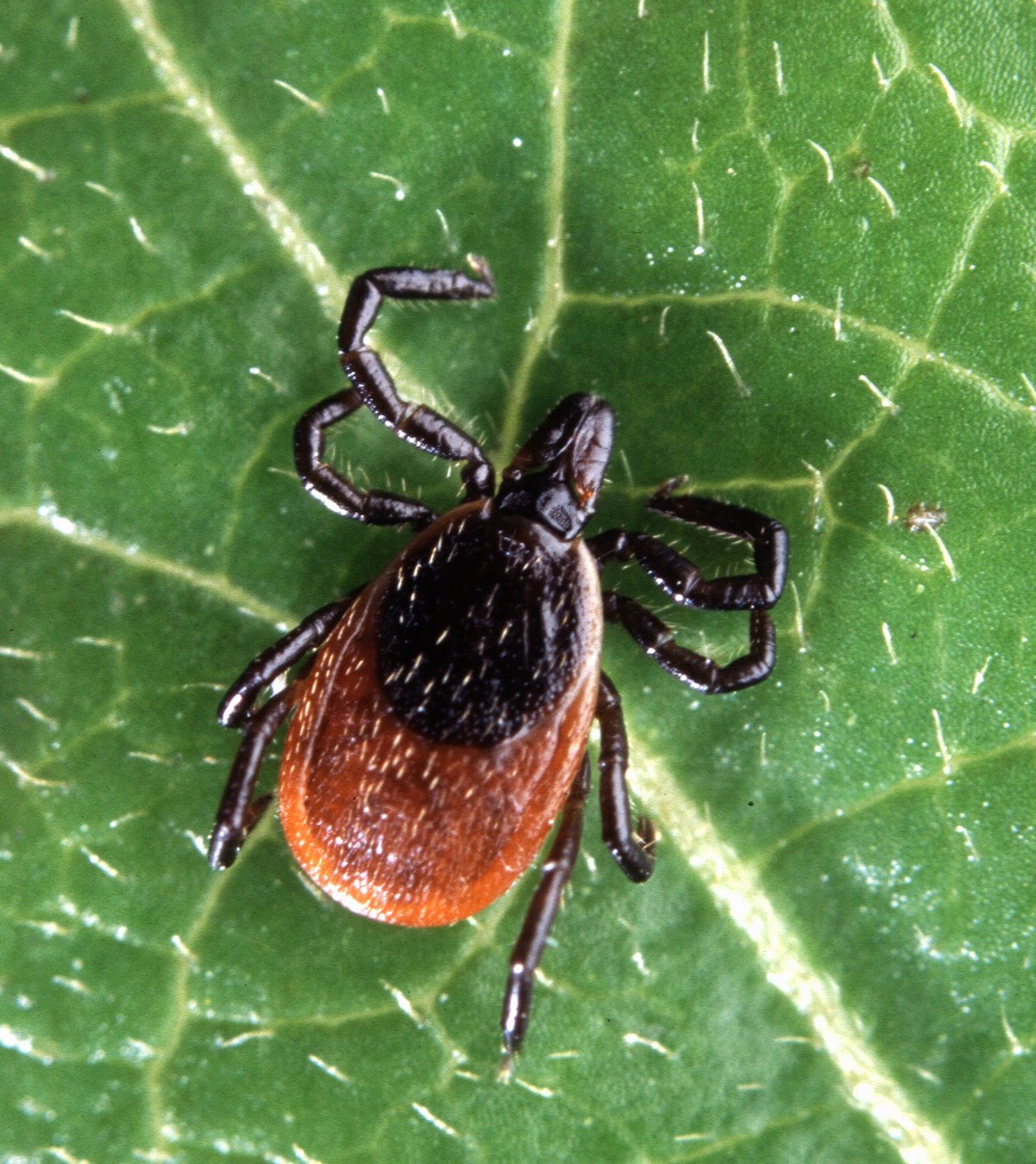
“what about this lesson requires me to stay inside?”
Once you look at your planning through this lens, you’ll realize that almost everything you already know how to do as an elementary school teacher can be effectively re-located outdoors!
Be patient with yourself and follow your instincts.
~ Megan Zeni ~
What core routines will you set up outdoors?
Local Nature Educators,
Programs & Guests
NEW Local Resource
A new K-9 Educator Resource Guide has been developed by the Cumberland Community Forest Society (CCFS) to
support teachers and education program partners to share the story of the Cumberland Forest with students in our community!
The activities and information is adaptable to every forest environment in the Comox Valley- this is an amazing resource!
Click HERE to access the resource
Check out these ready to go lessons and in class support from Sierra Club. Pintables and idea lessons organized in grades or topics. French resources available too!
A phenomenal resource to explore and help you get started in planning for the outdoors. Click the icon for Child & Nature alliance to go directly to the educators section, here they cover all those topics of getting started and to consider before heading out.
- Frequently asked questions-Covers Covid protocols, bathroom breaks, safety, risky play and more.
- What to wear for teaching and learning outdoors
- Working with challenging behaviours in the outdoors: setting up for success
- Supporting children with disabilities & exceptionalities in the outdoors
- Preparing your kit and weather tips
Nature Based Activities
Click the PDF link to see a list of some of my favourite, simple, outdoor activities to do outdoors with your students/children.
This Phenomenal presentation by Emma Marris is motivating and validating. Nature is everywhere. After watching this you will view your school grounds, neighbourhoods, and community through a different lens. There are opportunities for learning everywhere you just have to be open to it.
Here is a great list to start from for field and forest games to play with your students. They take little prep and are a fun interactive, and energetic way to learn about the natural environment.
Includes:
Circle Games — Cooperative Games — Adaptive or Special Needs Games — Dramatic Games — High Activity Games — Large Group Games — Nature Games — Camp Games — Quick and Easy Games — Rainy Day Games — Sports Orientated Games — Tag Games — Water Games
Click here for more nature based outdoor games
Sit Spots are a great way to Get-Out-of-Doors with minimal prep. It will take time for them to get in the routine but guarantee they will look forward to it if you do it often enough. Consider starting with group sits spots, then move into individual sit spots slowly increasing the time.
Thank you to Naomi Radawiec with School District 71-Comox Valley for the great sit spot resources. Check out her class book of sit spot experiences below, their class Math-in-Nature video, and her student sit-spot guide.
Click HERE for some sit spot cues to help guide your students focus. Consider choosing one for them to work during each sit spot time.
Math in the Forest
Orienteering Lessons and compass use — ready to use pintables
British Orienteering: Tri-O Package- Basic Orienteering
*** Please note the LRC also has an Orienteering Kit and two GPS Kits available for loan.
Take me Outside!
Take Me Outside is a non-profit organization committed to raising awareness and facilitating action on nature connection and outdoor learning in schools across Canada. We believe in a future in which spending time outside playing, exploring and learning is a regular and significant part of every student’s day. We work collaboratively with other organizations, school boards and individuals to encourage children and youth to spend more time outside through various projects and initiatives.
Click the image for a link to their resource page
.png) Habitat and Conservation Trust Foundation – WildBC
Habitat and Conservation Trust Foundation – WildBC
Free well-established lesson ideas on a broad number of topics, Grades k-9
- Energy, Atmosphere, climate
- Earth, eco-systems, ecology
- Plants Animals Habitat
- Water, wetlands, Watersheds
- Outdoors Projects and places
- Teachers Tips and Tricks
![PDF] Dirty Teaching by Juliet Robertson | Perlego](https://www.perlego.com/books/RM_Books/ingram_csplus_gexhsuob/9781781351499.jpg) This is a fantastic book with refreshing new ideas to outdoor learning. I highly recommend it. Has a “Getting Started” guide and a handful of outdoor learning ideas that are ready to use. I would suggest printing your favourites off and making into laminated cue cards to out in your outdoor leader backpack.
This is a fantastic book with refreshing new ideas to outdoor learning. I highly recommend it. Has a “Getting Started” guide and a handful of outdoor learning ideas that are ready to use. I would suggest printing your favourites off and making into laminated cue cards to out in your outdoor leader backpack.
The average child can identify over 300 corporate logos, but only 10 native plants or animals—a telling indictment of our modern disconnection from nature. Soaring levels of obesity, high rates of ADHD, feelings of stress and social awkwardness and “Nature Deficit Disorder” are further unintended consequences of a childhood spent primarily indoors.
The Big Book of Nature Activities is a comprehensive guide for parents and educators to help youth of all ages explore, appreciate and connect with the natural world. This rich, fully illustrated compendium features:
- Nature-based skills and activities such as species identification, photography, journaling and the judicious use of digital technology
- Ideas, games and activities grounded in what’s happening in nature each season
- Core concepts that promote environmental literacy, such as climate change and the mechanisms and wonder of evolution, explained using a child-friendly, engaging approach
- Lists of key species and happenings to observe throughout the year across most of North America.
 Canada’s Non-profit Outdoor Learning Store is a charitable social enterprise that offers learning equipment & resources for educators & learners while supporting Canadian outdoor learning non-profit organizations.
Canada’s Non-profit Outdoor Learning Store is a charitable social enterprise that offers learning equipment & resources for educators & learners while supporting Canadian outdoor learning non-profit organizations.
- Teacher resources
- Learning Kits
- Equipment for student’s
- Resources for students
- Indigenous resources
- Gift Cards
 Resources for Rethinking provides immediate access to more than 1000 quality classroom resources. It connects teachers to lesson plans, books, videos and other materials that explore the environmental, social and economic dimensions of important issues and events unfolding in our world today. This resources has been reviewed by experienced classroom teachers and matched to relevant curriculum outcomes for each province and territory. Use the search engine to find resources and read the reviews. Most of these materials can be downloaded immediately.
Resources for Rethinking provides immediate access to more than 1000 quality classroom resources. It connects teachers to lesson plans, books, videos and other materials that explore the environmental, social and economic dimensions of important issues and events unfolding in our world today. This resources has been reviewed by experienced classroom teachers and matched to relevant curriculum outcomes for each province and territory. Use the search engine to find resources and read the reviews. Most of these materials can be downloaded immediately.
A Canadian based resource for educators who teach in the outdoor classroom. Whether you are new to outdoor education or a seasoned wilderness guide, this teaching resource provides information through engaging learning experiences. Students can learn how to identify ticks and tick habitats so that they can avoid tick bites and recognize signs and symptoms of Lyme disease. Ready to use lessons, accompanying power point, and activities.
Center for Disease Control– How to remove a tick and steps to take afterwards.
Comox Valley Parks/Trail Systems
Consider walking, biking, or taken public transit to some of our amazing and accessable park and trail systems in the Comox Valley.
The picture will link you to a website designed for Comox Valley teachers to re-introduce you to some of our local parks: produced by fifth year students at VIU-Vancouver Island University as one of their final projects.
Here are a few more to consider (let’s keep adding to the list):
- Browns River
- Bevan Trails
- BC Hydro Puntledge River Trails
- Nymph Falls
- Cumberland Lake Wilderness Society Trails
- Comox Valley Green Way and Brooklyn Creek Trail System
- Williams Beach
- Kitty Coleman

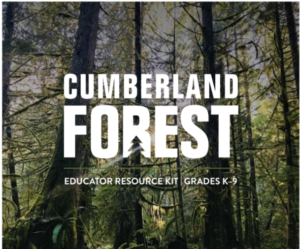



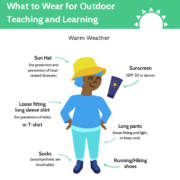
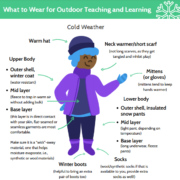

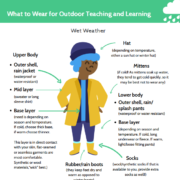
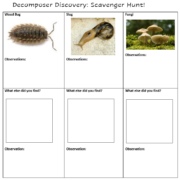

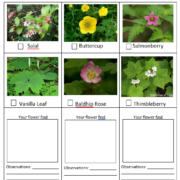

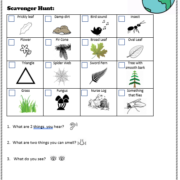

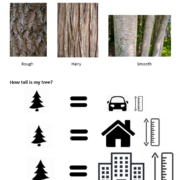

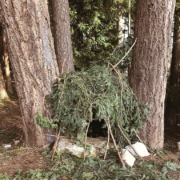

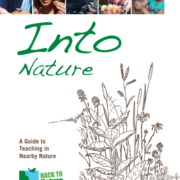
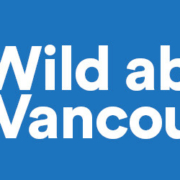

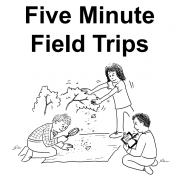

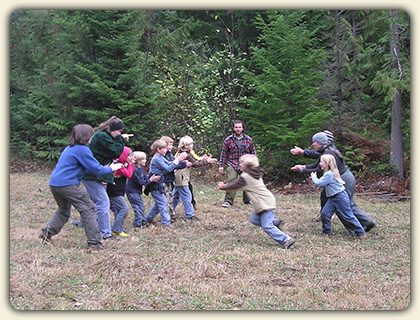
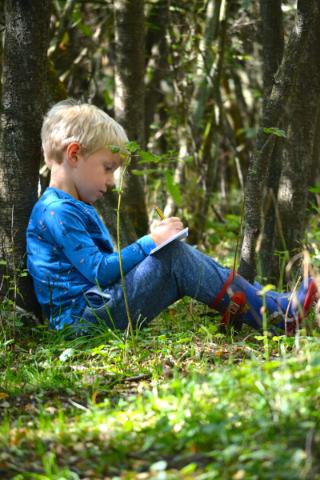
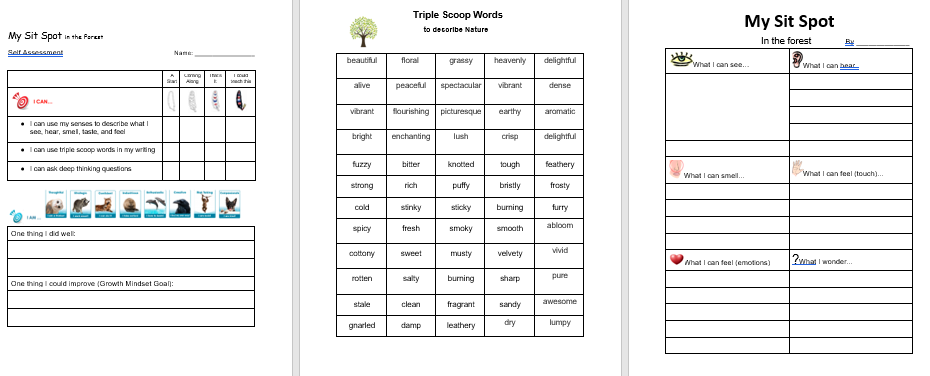
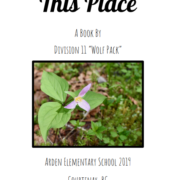

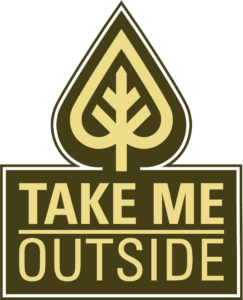



.png)





